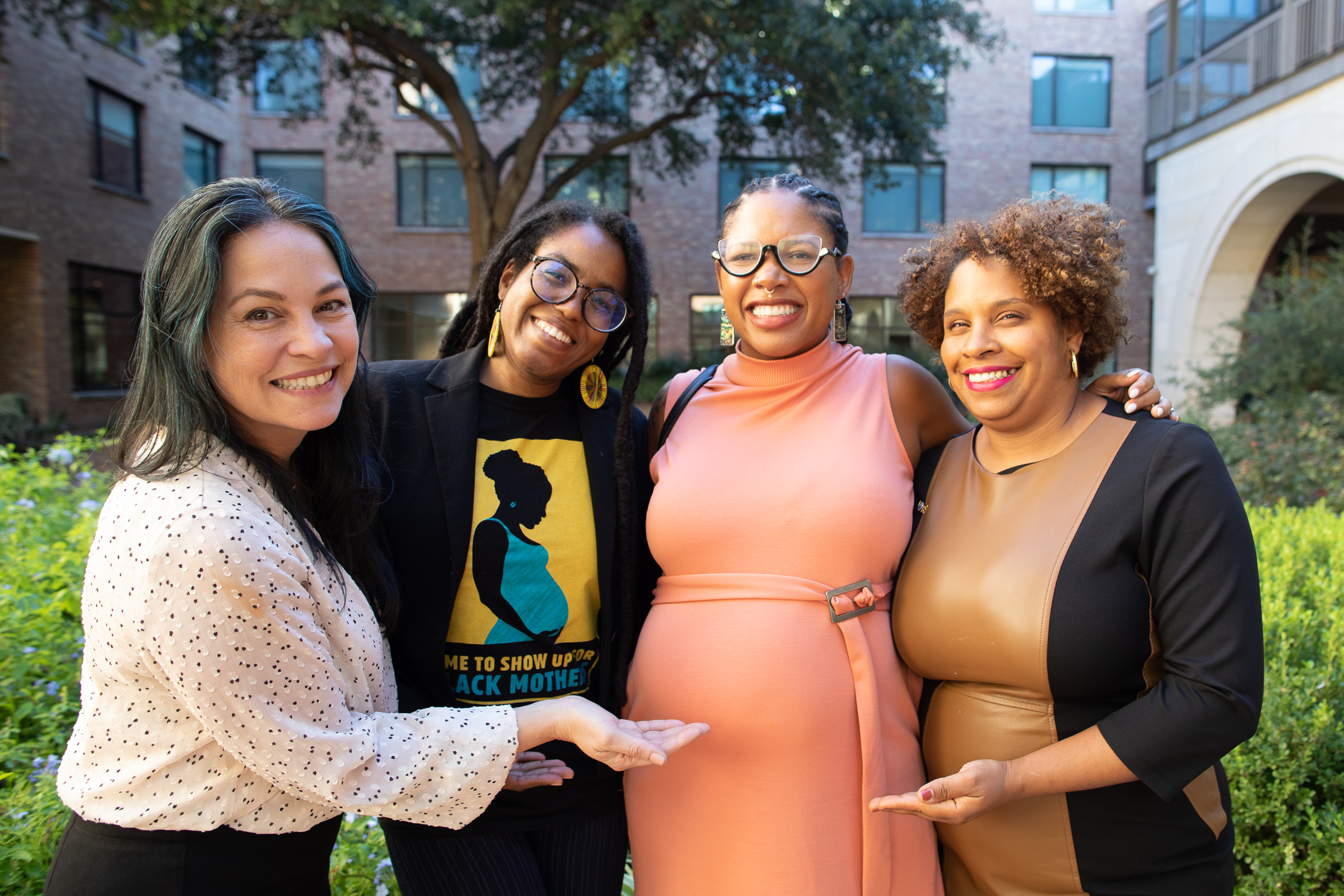Ensuring women and girls are supported with the resources, respect, and conditions vital for equitable health and well-being.
Healthy women are the cornerstone of healthy families, communities, and economies. Women are often gatekeepers to the health of their children, partners, and aging relatives. Therefore, investing in women’s health, rights, and well-being produced benefits that can empower entire communities.
St. David’s Foundation’s focuses on women and girls experiencing poverty as well as women of color across the socioeconomic spectrum. Many of these women live in the eastern crescent of Travis County and in Central Texas rural communities.
The Issue
Women and girls in Central Texas do not have adequate access to the resources they need to care for their health and well-being.
This issue is largely due to a fragmented health system, which leads to barriers in obtaining continuous, comprehensive women’s health services. Women struggle to access contraception, comprehensive sex education, prevention and care for sexually transmitted infections, alternative birth options, and adequate pregnancy care.
When women and girls do access health services, they often are not trusted to make decisions about their own needs. Women of color especially experience this distrust and other forms of discrimination, both in health settings and in their everyday lives. Black women experience high rates of toxic stress, which a growing body of evidence suggests is a potent contributor to the alarming rates of morbidity and maternal mortality among this population.
Our Approach
To ensure women and girls are supported with the resources, respect, and conditions vital for equitable health and well-being, the Foundation employs the following strategies:
- Establish Central Texas as a women’s health and perinatal safe zone
- Center women of color (e.g. listen to them, step back while they drive the agenda, include them at key tables, enable them to tell their own stories, and invest in their leadership)
- Fill gaps in the fragmented safety net women’s health system and fund select innovations
Underserved women must be at the center of driving change for their communities and defining what they need. Cross-sector collaborations among medical providers, governments, community organizing groups, direct service providers, and philanthropy, are needed to bridge the gaps in services for women and connect the dots of the health system.
Additionally, public and private sector partners must come together to create family-friendly workplaces, provide affordable and high-quality childcare, and combat gender-based violence. Finally, women and girls live intersectional lives—race, income, sexual orientation, citizenship status, and other factors all contribute to inequities in women’s health.
To create community momentum, we must forge connections with related groups and causes, and strengthen the field to support all women. Ultimately, we envision players from across the field coming together to dismantle the structural inequities that lead to poor health outcomes.
Related Initiatives
Perinatal Safe ZoneGoals
Long-Term Outcomes
Our goal: ensuring women and girls are supported with the resources, respect, and conditions vital for equitable health and well-being.
1.
Women and girls of color experience birth equity (including, but not limited to equitable outcomes in perinatal care, maternal morbidity and mortality, newborn outcomes).
2.
Women’s health safety net policies and programs are less fragmented, resulting in continuity of access between primary care, sexual and reproductive health care, and perinatal care.
3.
Women and girls can obtain low barrier family planning and contraceptive care, including the most effective methods, in clinical and community settings.
4.
Communities are empowered to share their own narratives and stories.
5.
St. David’s Foundation’s women’s health work aligns with other issues and movements relevant to the health of women and girls (e.g., improving conditions for caregivers, gender-based violence), expanding our intersectional partners and community impact.

Explore
-

-
-
News
August 26, 2021

-
Insights
May 18, 2021